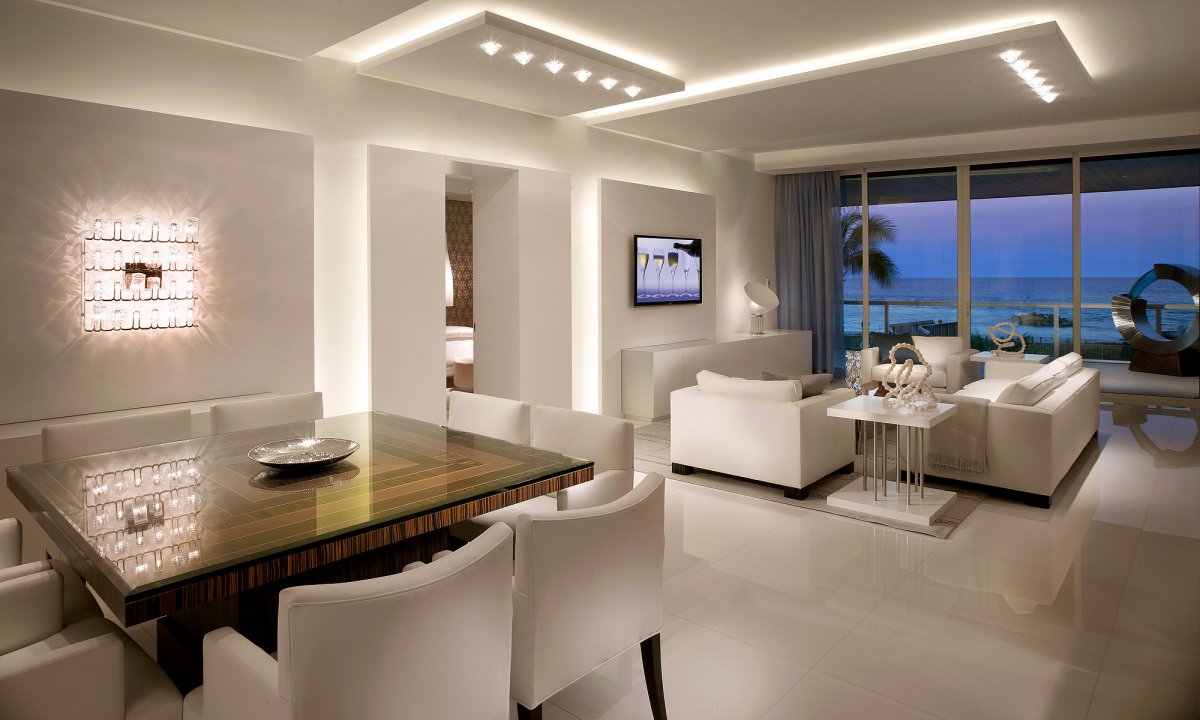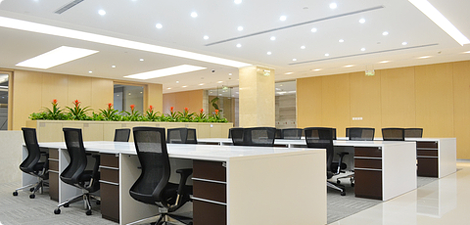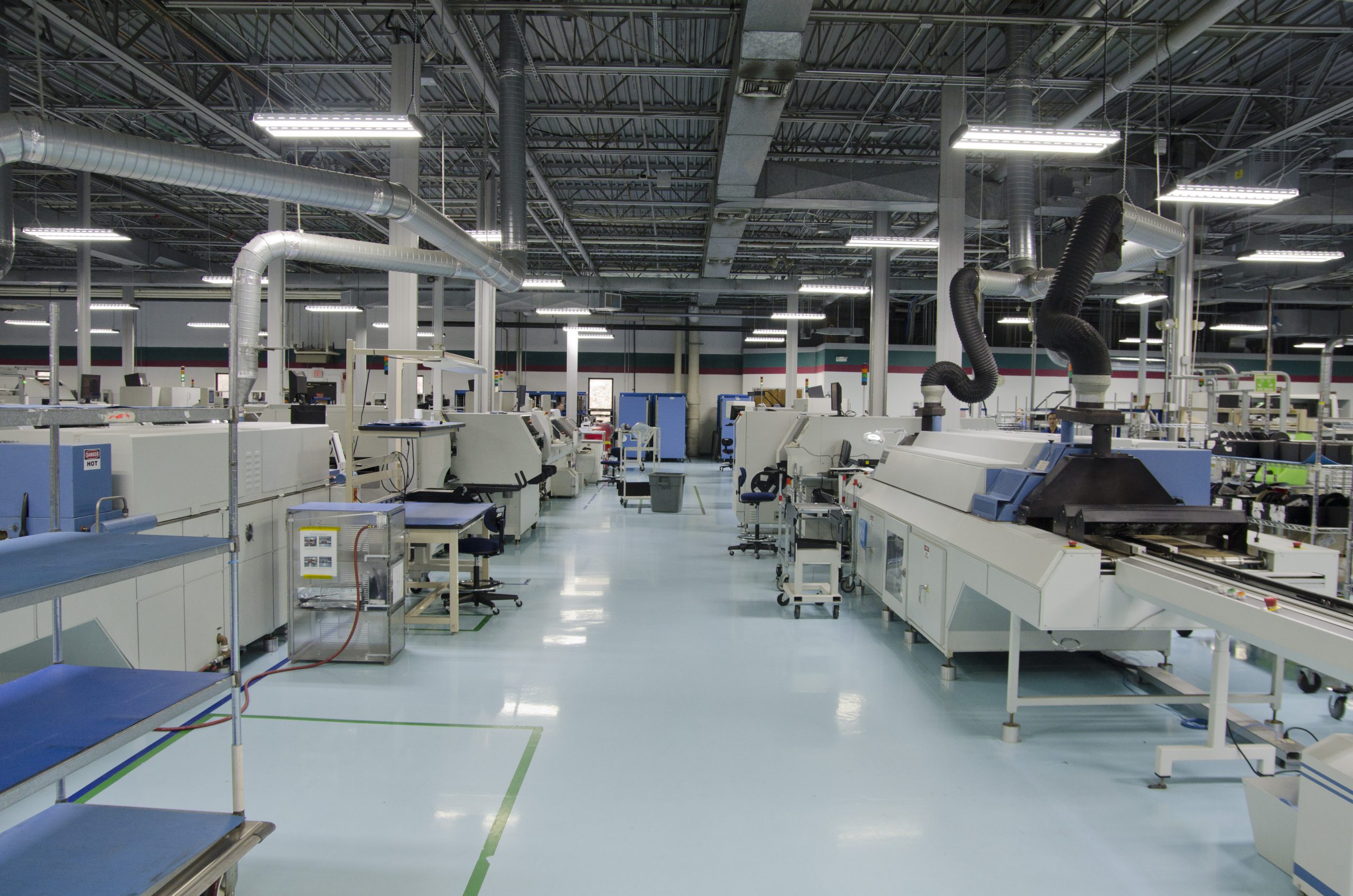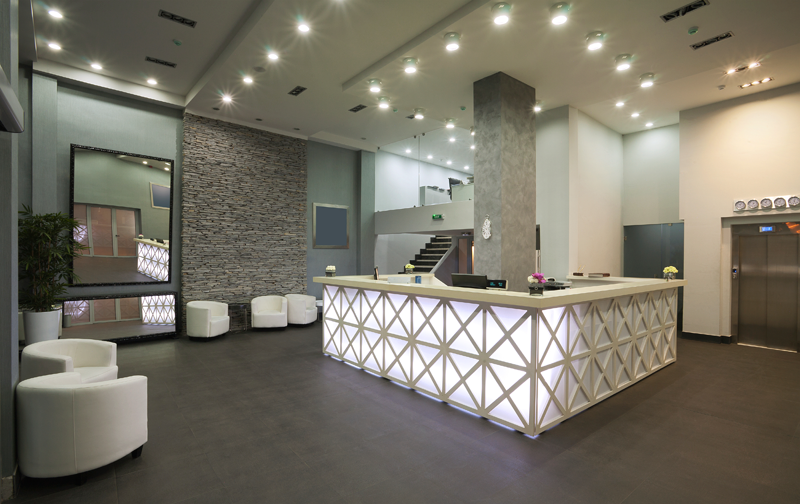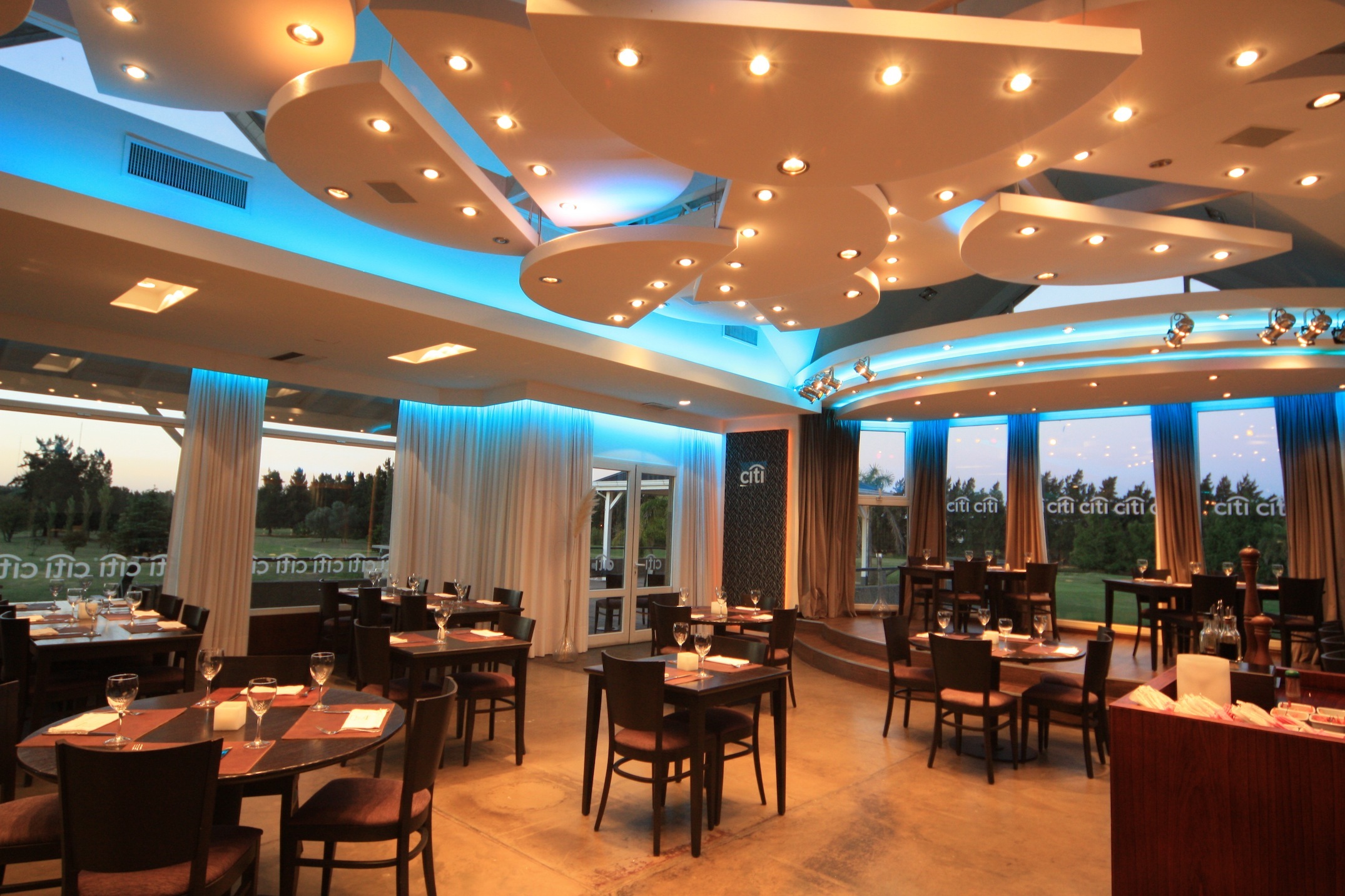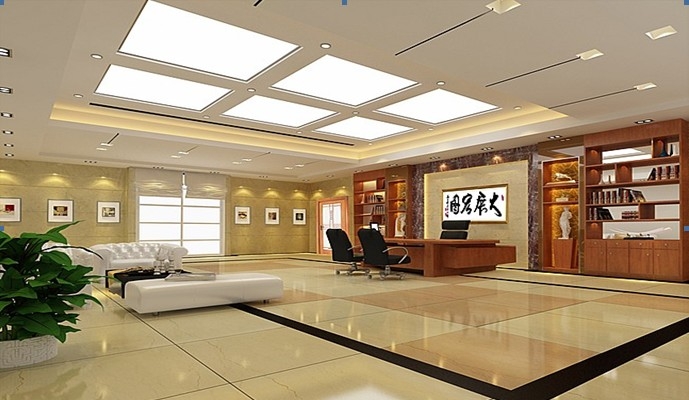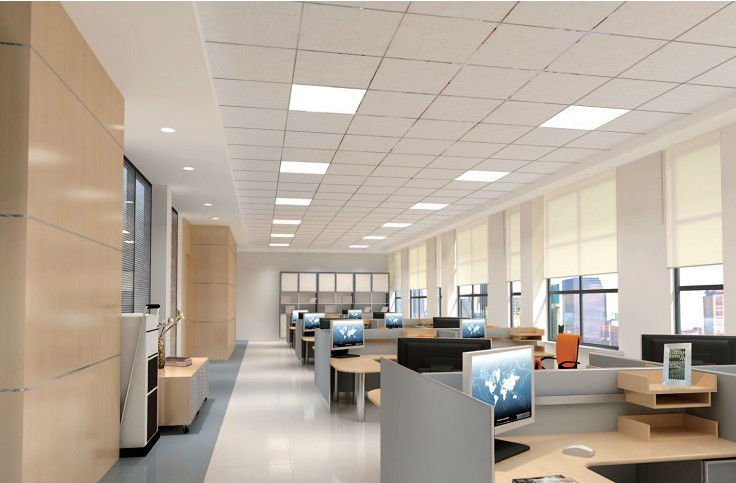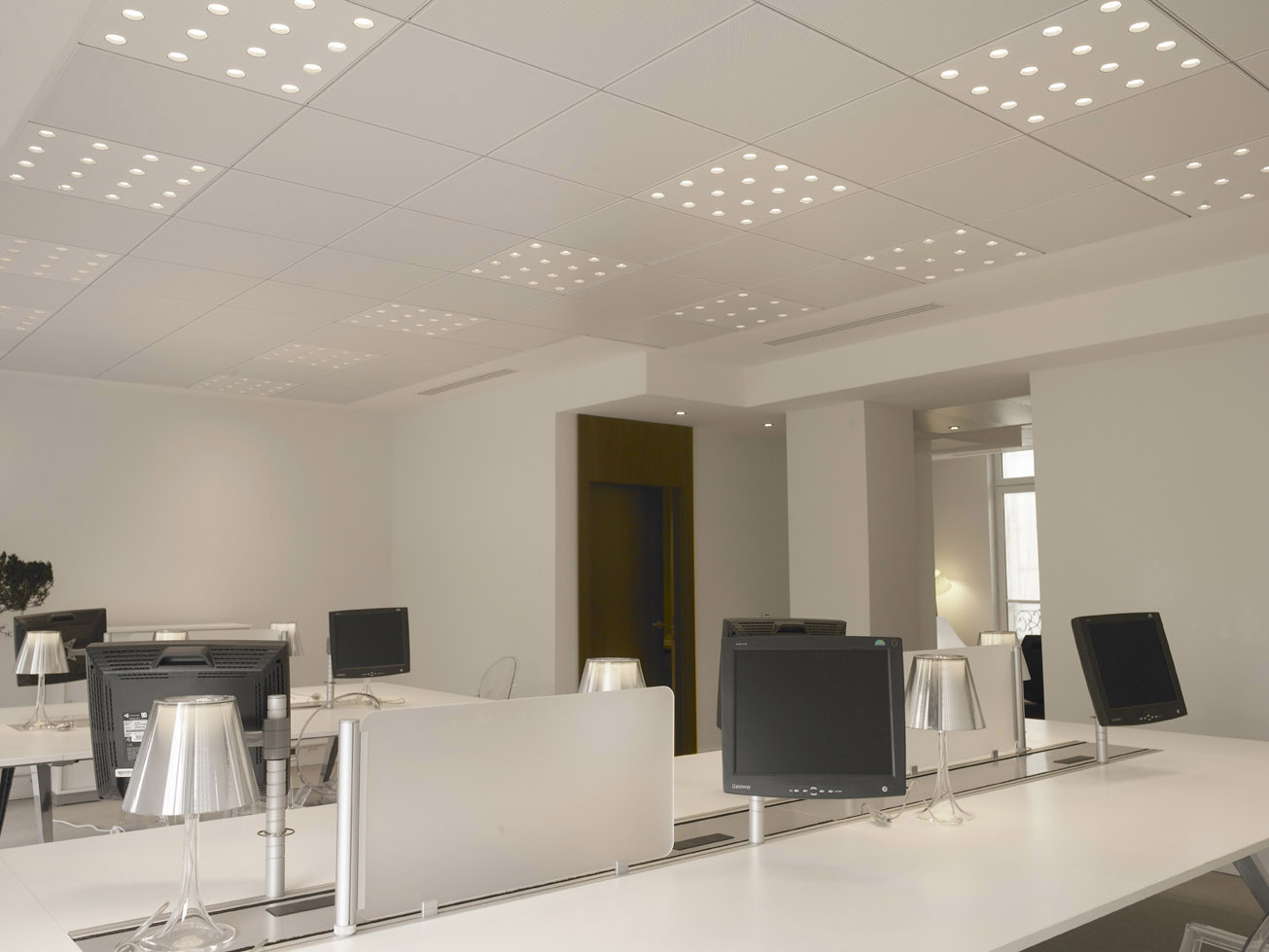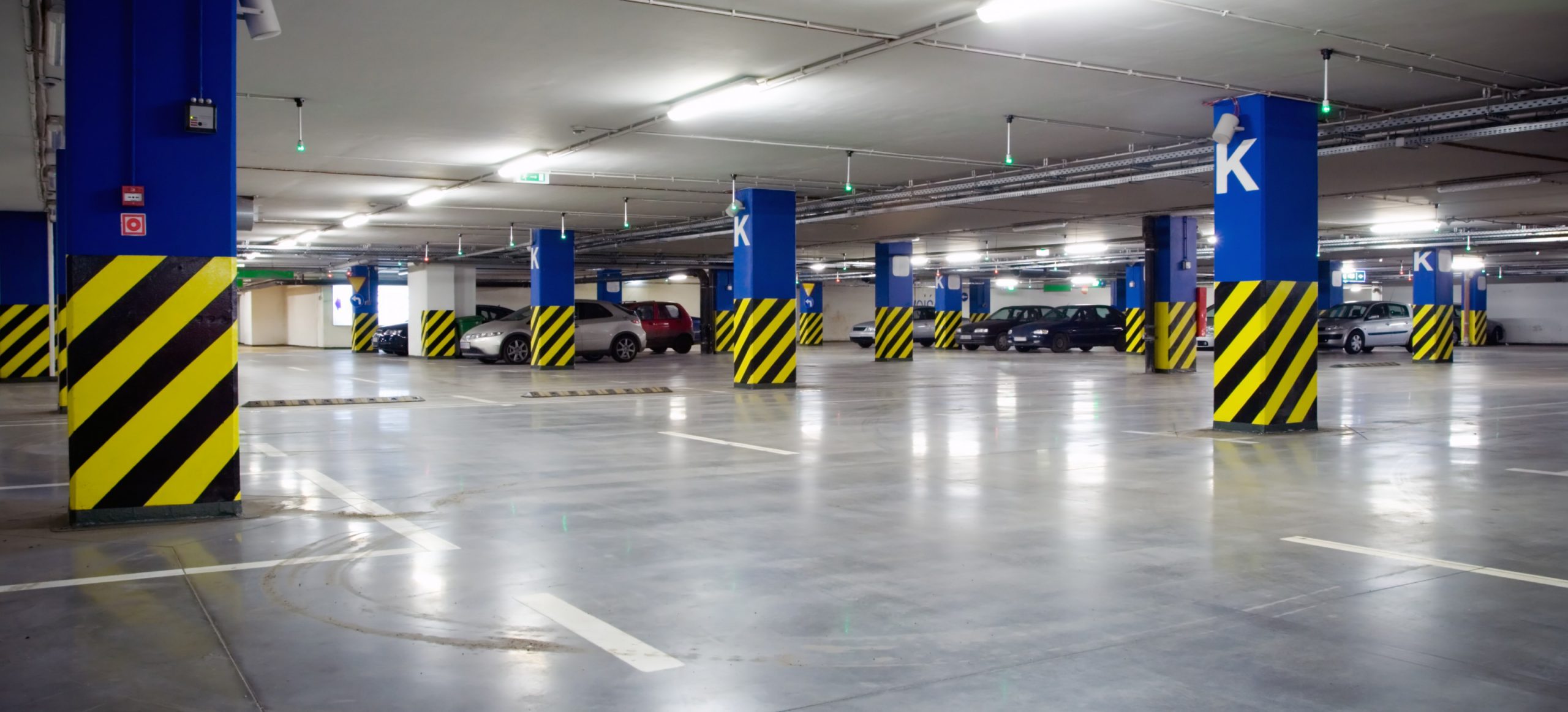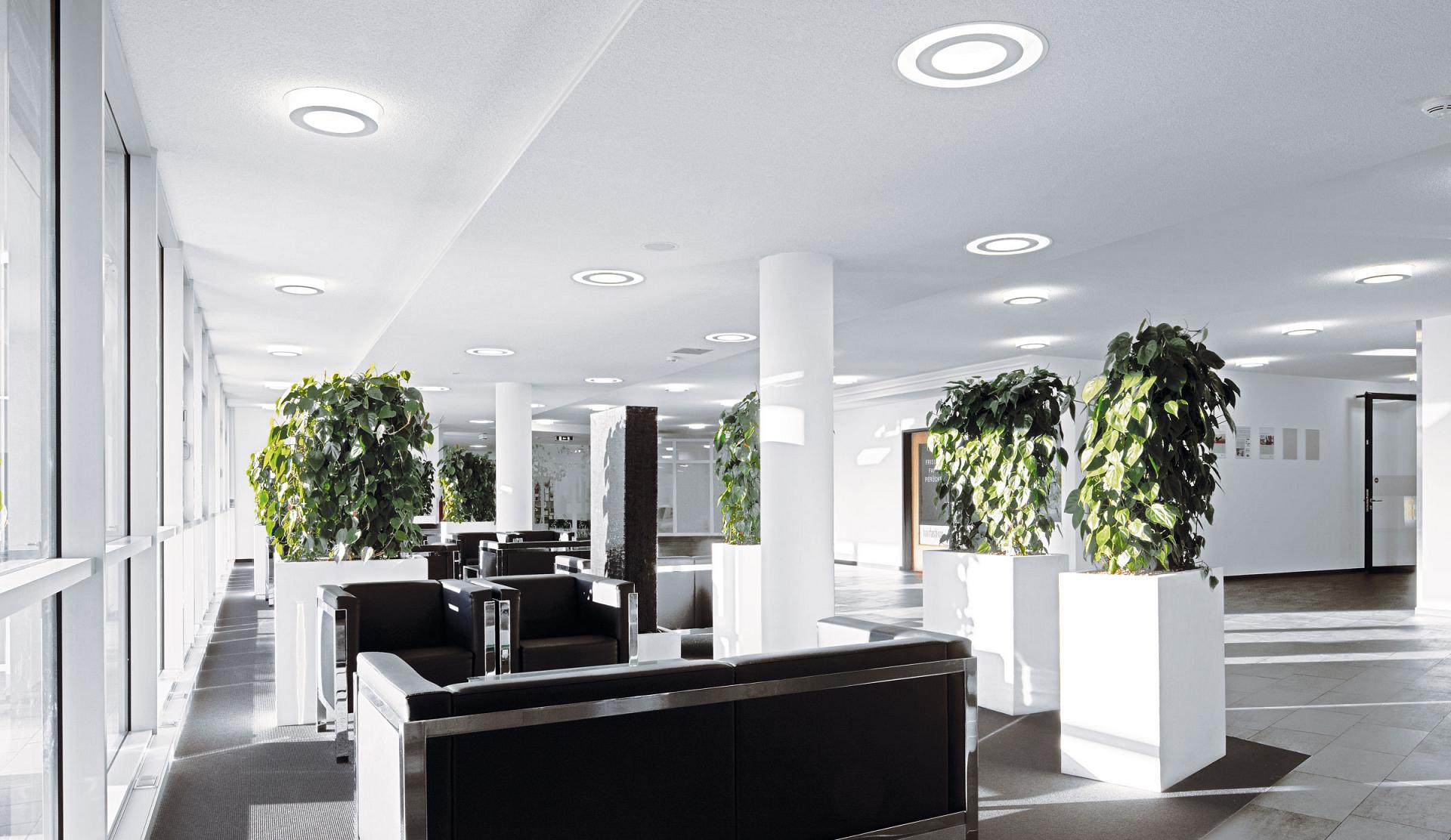There’s a great variety of designer lighting available today. They range from contemporary to more traditional and from those that attach to your wall to those that hang from your ceiling. You’ll even find ones made of recycled materials. Some of the most popular types of designer lighting include:
- Pendant lighting has a long, thin stem hanging from your ceiling with the lighting unit attached to it. They work well in dining rooms and foyers.
- Recessed lighting gives off more light than pendant fixtures, but they’re not as decorative.
- Rectangular sconce lighting produces diffused brightness, creating images on your wall that changes the atmosphere completely.
- Chandeliers ranging from Baccarat inspired to Murano are typically safely and securely shipped to your home because they’re very difficult to take home yourself.
What makes these designer lighting options so great is the new technology that manufacturers are using to change the room’s ambiance and appearance. This technology makes designer lighting really user-friendly because you no longer have to get up to turn the lights off since it’s all connected to a single control similar to your TV remote. With this system, you’re also able to program when your lights turn on and off. Just imagine how big of an improvement this lighting is in your home, especially if you’re working to update the overall look and feel of your home. Take some time to consider what you really want to achieve.

